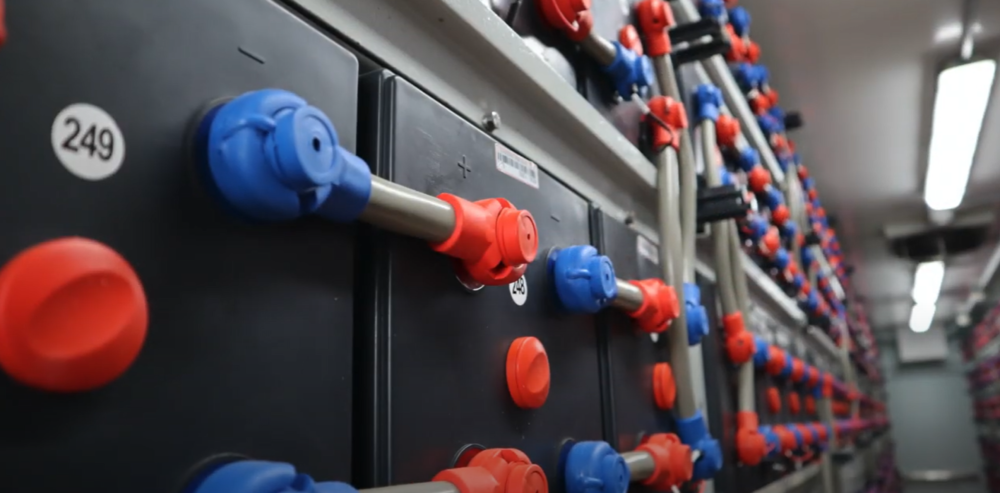Technologies
Discover, Connect & Collaborate at TECHINNOVATION 2021
Lead-Carbon Battery Technology for Energy Storage

Technology Overview
Battery technology has an important role in the development of energy storage system (ESS). Conventional lead-acid batteries are recognised as the pioneer battery technology for standby or emergency backup power source. Due to the constraints of the design chemistry and use of lead plate components, lead acid battery faces limitation in cycle life performance. Often, it is unable to fully address the need for renewable energy projects, rural electrification, off-grid sites especially when there are requirements for higher daily cycles and fast charging.
Based in Singapore, the technology owner has developed a lead-carbon battery technology, produced by adding high capacitance or highly conductive carbon material into the negative electrode as part of an improved battery plate structure design. This approach combines the advantages of lead acid battery and supercapacitor, enabling high energy density, acceptance of high power for rapid charge and discharge, enhanced safety and reliability, as well as lowers the manufacturing cost of ESS.
With increasing global demand for renewable energy and continuous expansion of the energy storage application, it has created opportunities for lead-carbon battery, which can potentially become another suitable and practical battery choice for ESS in addition to lithium-ion batteries and flow batteries technologies. The technology owner is seeking collaboration with industry partners to adopt the technology and co-develop ESS for specific applications.
Technology Features, Specifications and Advantages
Lead-carbon battery allows for instant high power capacity charging. Combine with safe operation characteristic of lead-acid batteries, it is suitable for fast charging operation. It has good charge and discharge performance thus improves the battery state of health and suitable for operation under partial state of charge (PSOC) condition.
Features include:
- Up to 20 years design life (20oC).
- Improved partial state of charge (PSOC) performance and cycle life.
- Excellent recharge acceptance performance.
- Reduce negative active plate sulfation.
- Prolong battery cycle life.
- Absorbent glass mat (AGM) valve regulated sealing technology.
Potential Applications
The performance of lead-carbon battery is far superior to conventional lead-acid batteries, therefore the lead-carbon battery can be used in electric vehicles, such as hybrid vehicles, electric bicycles, rural area electrification, island resort microgrid, standalone fish farm, mining, telecommunication energy backup, mobile hybrid battery and diesel generators operation, etc.
It is especially suitable for high cyclic energy application such as in the field of renewable energy storage, wind or solar power generation plant, and energy storage projects.
Other applications include:
- Telecom exchange and transmission system
- Mobile communication system
- Power plant and power transformer system
- Navigation and signaling system
- Microgrid and various standalone energy power system
Customer Benefit
- High recycled material value at end of life.
- Cost effective battery technology for various hybrid energy power systems.
- Low maintenance, safe and easy to install for operation at rural site.
- Long battery life cycle and fast charging recovery capabilities.